Exploring the Madison Avenue Bridge: History and Beauty
The Madison Avenue Bridge: Introduction
The Madison Avenue Bridge is an essential connection between Manhattan and the Bronx, serving countless commuters every day. It crosses the Harlem River and holds both historical and architectural importance.
Built in 1884, the bridge is one of New York City’s early examples of swing bridge design. Its ability to pivot open allows boats to pass through, demonstrating the innovative engineering of its time.
This article explores why the Madison Avenue Bridge is still an iconic part of New York City today. We’ll look at its construction history, its role in modern transportation, and its significance in the city’s landscape.
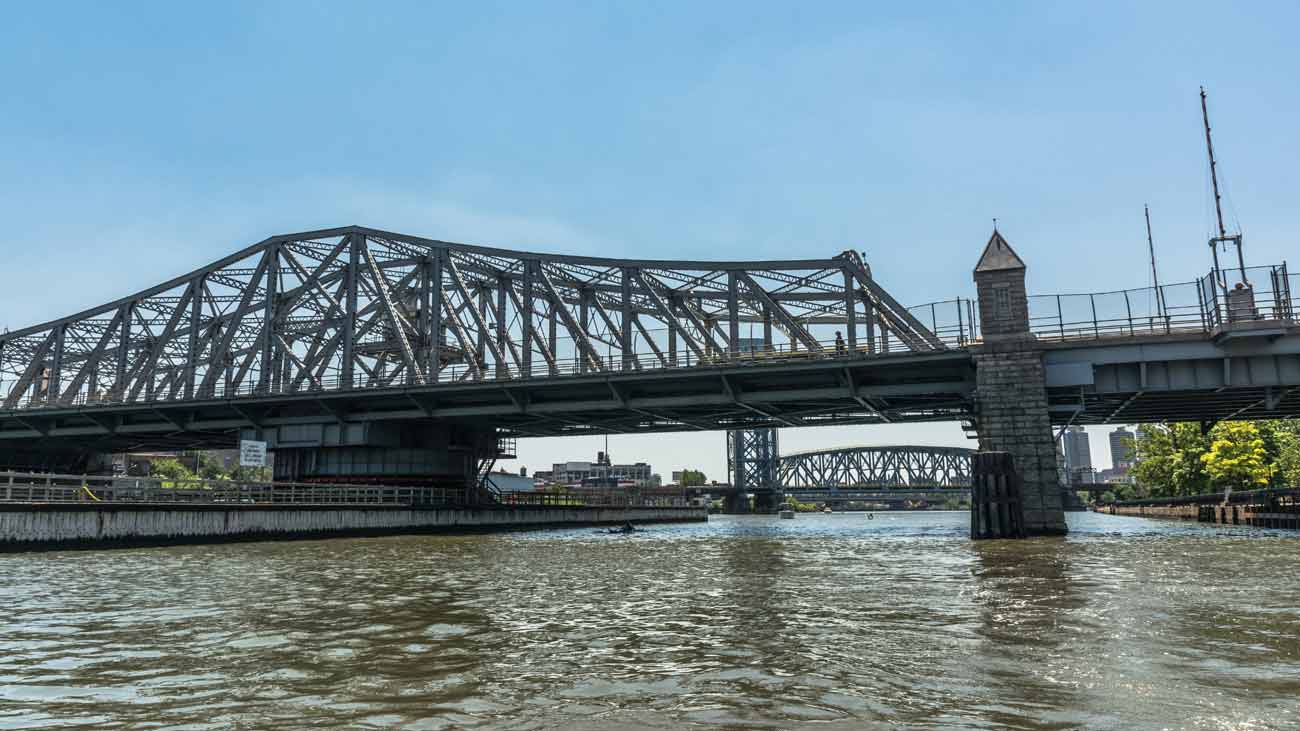
Historical Background
The Madison Avenue Bridge, a pivotal structure connecting Manhattan and the Bronx, opened on July 18, 1910. The construction process spanned several years, marked by technical challenges and logistical hurdles. The bridge’s construction was not straightforward; engineers had to address the complexities of creating a swing bridge over the Harlem River while ensuring minimal disruption to both land and maritime traffic.
Alfred P. Boller, an acclaimed engineer, played a crucial role in the design of the Madison Avenue Bridge. Boller’s expertise in designing movable bridges was instrumental in overcoming many of the engineering challenges. His vision materialized in a structure that combines functionality with aesthetic appeal, contributing significantly to New York City’s infrastructure.
The financial aspects of constructing the Madison Avenue Bridge also present an intriguing narrative. The total construction cost amounted to $90.5 million (adjusted for inflation). Funding was sourced from multiple avenues, including municipal budgets and state grants, reflecting the project’s importance to urban connectivity.
- Cost: $90.5 million
- Funding Sources: Municipal budgets, state grants.
Boller’s design and the substantial investment underline the bridge’s significance as a critical infrastructure project that has stood the test of time.
The historical background sets the stage for appreciating not only the architectural marvel but also the strategic execution that brought this iconic bridge to life.
Structural Design and Features
Swing Bridge Mechanism
The Madison Avenue Bridge is a swing bridge, which means it can rotate horizontally around a pivot to let boats pass through. This design is not just impressive but also essential for the Harlem River, allowing vessels to move smoothly. Unlike a vertical lift bridge that goes up and down, the swing mechanism has unique benefits tailored for this area.
Dimensions and Specifications
The bridge’s size is quite remarkable:
- Total Length: 1,892 feet
- Longest Span: 300 feet.
This four-lane crossing plays a vital role in connecting Manhattan and the Bronx for vehicles. Each lane handles a large number of daily commuters, making it both functional and visually appealing.
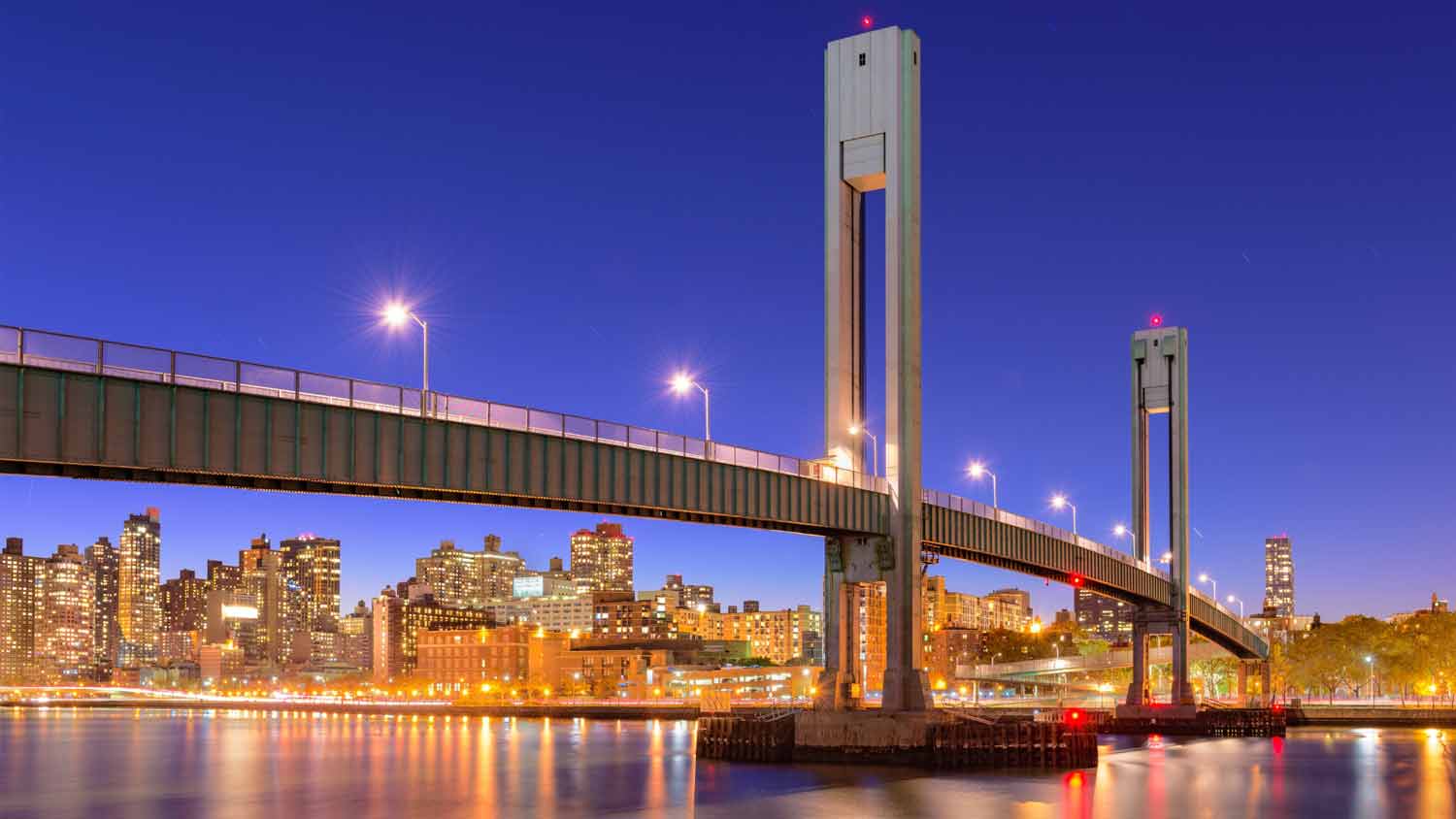
Architectural Comparisons
When we look at other nearby bridges, we can see what makes the Madison Avenue Bridge special:
- Wards Island Bridge: Known for its vertical lift design, it contrasts sharply with Madison Avenue’s horizontal swing.
- Third Avenue Bridge: Another swing bridge, yet differing in age and architectural nuances.
Each bridge serves both practical purposes and adds to the intricate tapestry of New York City’s engineering feats. The Madison Avenue Bridge’s unique blend of functionality and beauty makes it an iconic structure worthy of admiration.
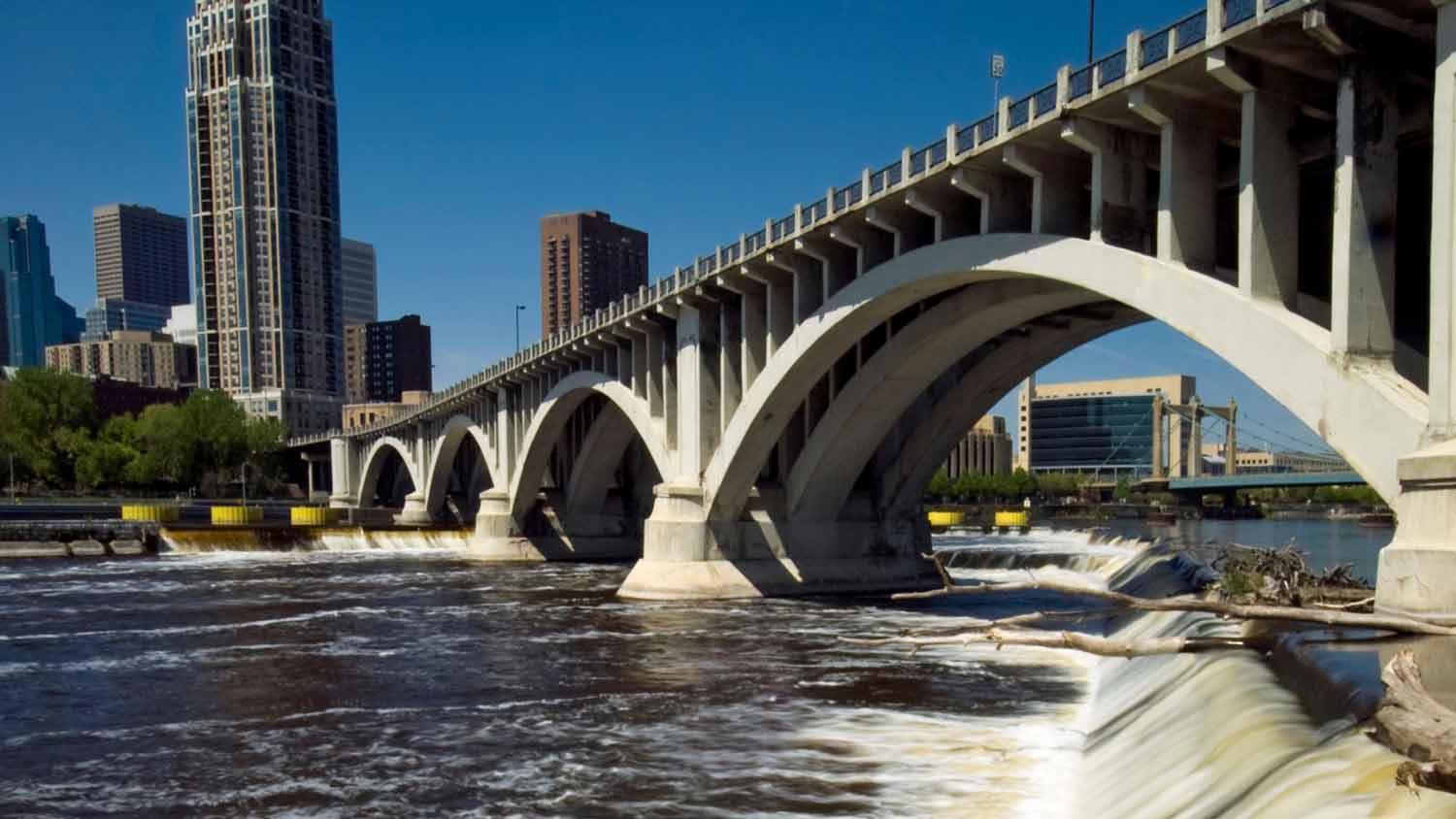
Design Elements
Key elements that define its structure include:
- Swing Mechanism: Facilitates efficient vessel passage beneath.
- Four-Lane Crossing: Essential for supporting high volumes of traffic.
- Robust Materials: Ensures durability and safety over time.
These features collectively highlight why the Madison Avenue Bridge remains an integral part of New York City’s infrastructure.
By exploring these aspects, we can understand not just how the bridge looks but also its importance in city planning and everyday life.
Connectivity and Traffic Statistics
The Madison Avenue Bridge is a vital part of the daily commute between Manhattan and the Bronx. In 2016, around 44,338 vehicles crossed the bridge every day. This large number shows how important it is for transportation, helping thousands of people move back and forth each day.
Public Transportation Routes
Besides cars, the bridge is also a key route for several public transportation options:
- Bx33 Bus Route: This route connects Harlem in Manhattan to Port Morris in the Bronx, providing accessibility to major destinations along its path.
- BxM3 Bus Route: Offering express service, this route links Midtown Manhattan with Riverdale in the Bronx, ensuring a speedy transit option for commuters.
These bus routes make it easier to get around and offer convenient alternatives to driving, especially during rush hours when traffic can be heavy.
Impact on Local Commutes
The inclusion of these public transportation routes shows how the Madison Avenue Bridge supports not only car owners but also those who rely on buses and trains. Its strategic location makes it an important connection for daily commuters, making it easier to travel between two busy areas.
Knowing that the bridge can handle such high traffic volumes and support public transportation systems highlights its crucial role in New York City’s overall transport network.
The Madison Avenue Bridge in Community Events
The Madison Avenue Bridge is a key player in various community events, making it an essential part of local culture and city-wide activities.
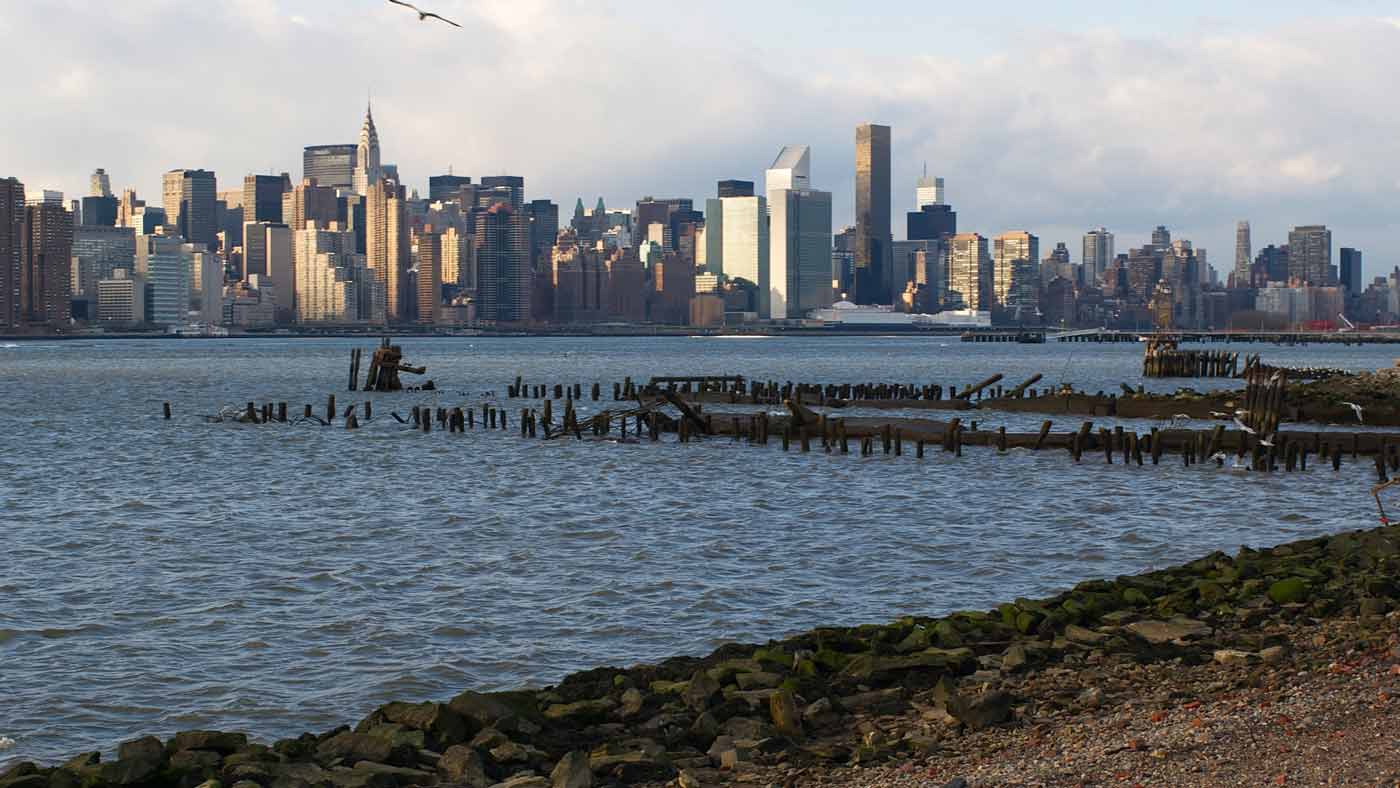
New York City Marathon Course
One of the bridge’s main roles is its inclusion in the New York City Marathon course. Every year, thousands of runners cross the Madison Avenue Bridge as they move from Manhattan to the Bronx. This moment is crucial, marking a significant part of the marathon that challenges endurance and spirit. The bridge offers beautiful views of the Harlem River, providing a brief yet inspiring visual break for participants during the tough race.
Besides marathons, the Madison Avenue Bridge is also important during annual bike tours. Cyclists from all over come together to ride across this iconic structure as part of their route. These bike tours are not just about fun; they promote environmental awareness and healthy living. The Madison Avenue Bridge, with its smooth spans and easy pathways, ensures cyclists have a safe and enjoyable ride.
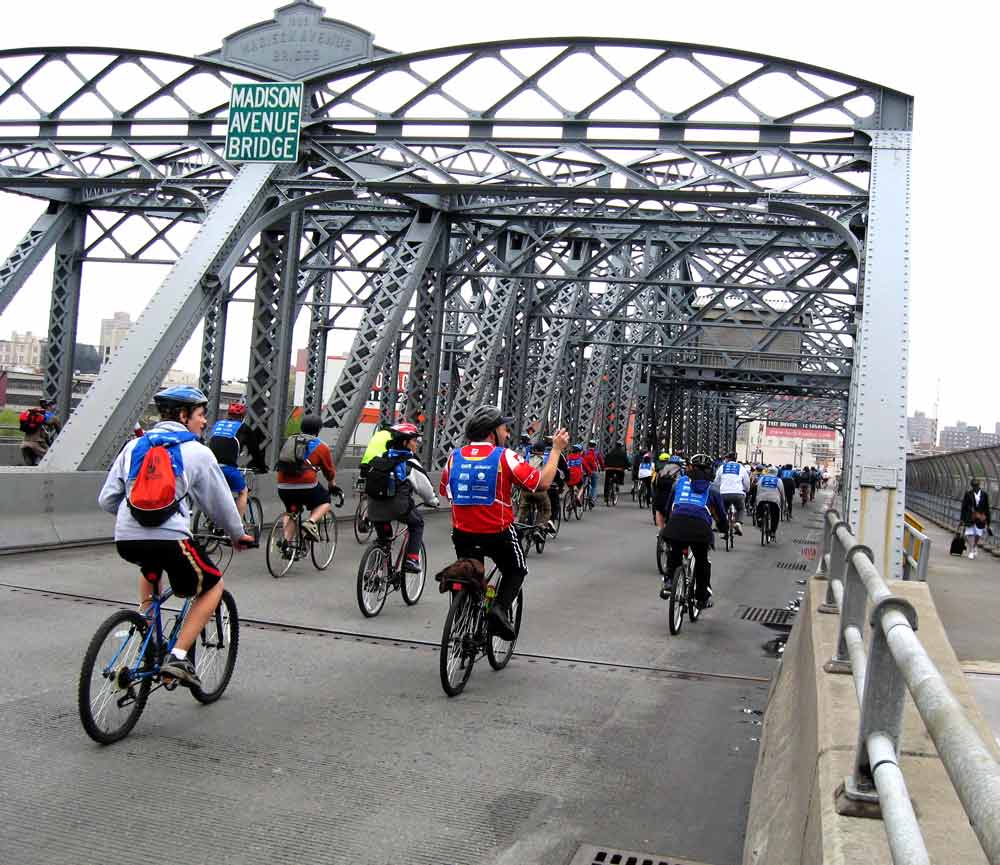
Local Significance
The bridge’s involvement in these events highlights its importance beyond just being a connection point. It becomes a gathering place for different communities, encouraging unity and shared experiences. Whether it’s marathon runners pushing their limits or cyclists exploring urban areas, the Madison Avenue Bridge represents New York City’s lively community life.
By being part of such major events, the bridge continually strengthens its historical and cultural significance within the city’s ever-changing scene.
Navigational Significance of the Madison Avenue Bridge
Maritime Navigation on the Harlem River
The Madison Avenue Bridge plays a pivotal role in facilitating maritime traffic along the Harlem River. This waterway is a crucial channel for vessels navigating between the Hudson and East Rivers, making the bridge’s design essential for seamless maritime operations. The Harlem River serves as a significant route for commercial and recreational boats, requiring bridges that can accommodate various vessel sizes.
Importance of Swing Design
One of the defining features of the Madison Avenue Bridge is its swing design. This mechanism allows the bridge to pivot horizontally, opening up a clear passage for vessels. When closed, it provides a vital connection between Manhattan and the Bronx. When opened, it ensures that maritime traffic can flow uninterrupted. The swing span, measuring 300 feet, is especially crucial for larger boats that need ample space to navigate safely.
Key Features:
- Swing Mechanism: Allows horizontal rotation to facilitate vessel passage.
- Longest Span: Measures 300 feet, accommodating substantial maritime traffic.
- Integration with Other Bridges: Works in tandem with other Harlem River crossings to manage river traffic effectively.
The bridge’s ability to pivot is not just an architectural marvel but also a practical necessity. Given the volume of both road and maritime traffic, this dual functionality ensures that neither mode of transport is significantly hindered.
This blend of utility and design underscores the Madison Avenue Bridge’s importance far beyond its immediate geographic locale. Its presence impacts navigation patterns along one of New York City’s critical waterways, highlighting its enduring relevance in urban infrastructure.
Maintenance and Management Challenges Faced by NYCDOT
NYCDOT's Responsibility
The New York City Department of Transportation (NYCDOT) is responsible for maintaining the Madison Avenue Bridge. This involves a comprehensive approach to infrastructure management, ensuring that the bridge remains safe, functional, and capable of handling daily traffic demands.
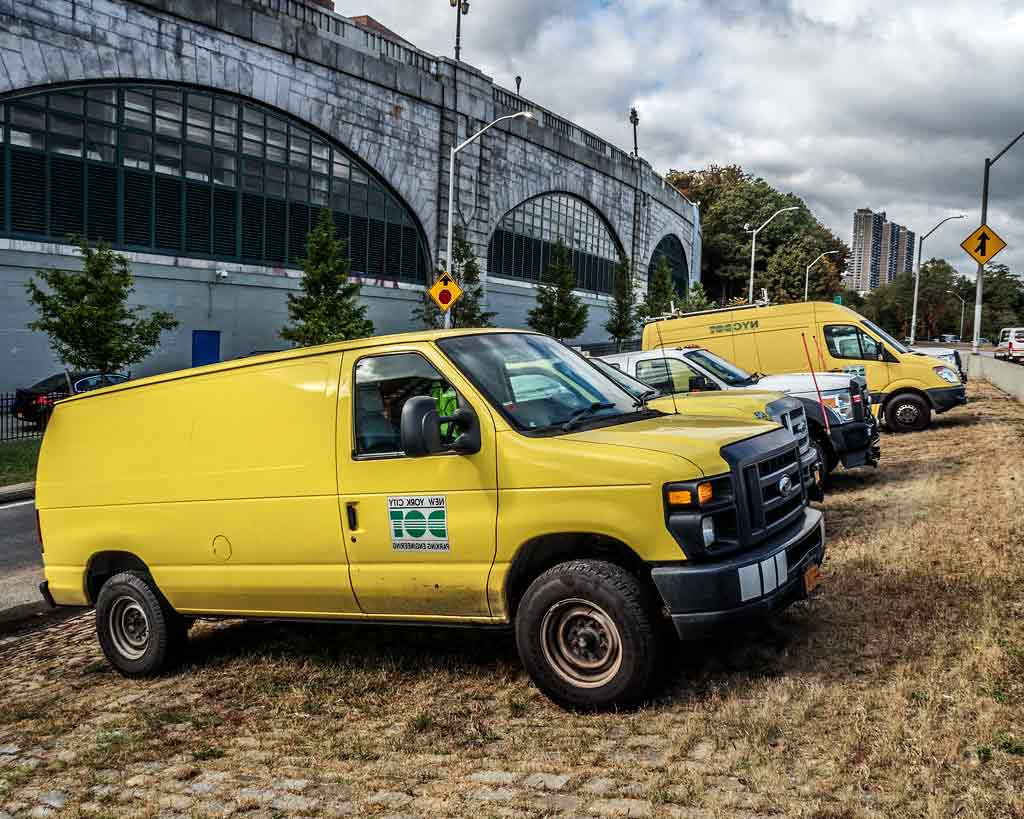
Regular Maintenance Practices
To achieve this, NYCDOT implements several regular maintenance practices:
- Inspection Protocols: The bridge undergoes routine inspections to identify any structural issues or wear and tear. These inspections are crucial for preemptive repairs.
- Preventive Maintenance: Activities such as painting to prevent rust, lubrication of moving parts, and cleaning drainage systems are performed regularly to extend the bridge’s lifespan.
- Structural Repairs: When inspections reveal issues, immediate repairs are carried out. This can range from minor fixes to significant structural work depending on the severity of the problem.
- Technological Monitoring: Advanced monitoring systems are employed to track the bridge’s condition in real-time. This data helps in anticipating potential problems before they become critical.
Safety Measures
Safety is a top priority in all maintenance activities. Traffic management plans are put in place during repair works to minimize disruption and ensure both workers’ and commuters’ safety. The swing mechanism, vital for maritime navigation, receives special attention given its complexity.
Budget Considerations
Maintaining such an essential piece of infrastructure requires considerable financial resources. Funding is sourced from city budgets and federal grants aimed at preserving public infrastructure. Balancing these funds effectively ensures that maintenance is not only reactive but also proactive.
By understanding these efforts by NYCDOT, one gains an appreciation for the meticulous care needed to maintain a vital link between Manhattan and the Bronx. This attention to detail keeps the Madison Avenue Bridge in optimal condition for all its users.
Modern Relevance and Future Prospects of the Madison Avenue Bridge
Current Use by Cyclists and Pedestrians
The Madison Avenue Bridge is not just for cars; it’s also a vital route for bicyclists crossing the bridge and pedestrians. With dedicated lanes, it’s become a popular choice for those walking or biking between Manhattan and the Bronx. Cyclists love how easy it is to access, which aligns with New York City’s efforts to encourage eco-friendly transportation.
Urban Development Surrounding the Bridge Area
Urban development around the Madison Avenue Bridge has seen significant changes. The neighborhoods on both ends of the bridge have been revitalized with new housing projects, commercial spaces, and community amenities. This urban renewal enhances the bridge’s importance as a connective artery in a rapidly developing cityscape.
Manhattan Side
The Upper Manhattan side near Harlem River Park benefits from increased residential developments and improved public spaces.
Bronx Side
The Mott Haven area in the Bronx has experienced a surge in development with new residential complexes and cultural institutions.
Future Upgrades
Looking ahead, future upgrades are anticipated to enhance the bridge’s functionality and safety. As part of New York City’s ongoing infrastructure improvement plans, considerations include:
- Enhanced Safety Features: Potential installation of advanced lighting systems and improved pedestrian pathways.
- Traffic Management Systems: Implementation of smart traffic management solutions to better handle increasing volumes of both vehicular and non-vehicular traffic.
- Maintenance Innovations: Adoption of cutting-edge maintenance technologies to prolong the lifespan of this iconic structure.
Madison Avenue Bridge remains an indispensable part of New York’s architectural heritage while adapting to modern needs and future urban growth.
FAQs (Frequently Asked Questions)
The Madison Avenue Bridge, opened on July 18, 1910, is significant for its role in connecting Manhattan and the Bronx. It embodies both historical and architectural importance, serving as a vital transportation link between these two boroughs.
The bridge was designed by architect Alfred P. Boller. His innovative approach contributed to the bridge’s unique structural features and overall aesthetic appeal.
The Madison Avenue Bridge is a swing bridge with a vertical lift design. It has a total length of 1,892 feet and a longest span of 300 feet, making it an important engineering feat compared to other local bridges like Wards Island Bridge and Third Avenue Bridge.
The bridge accommodates daily traffic volume of approximately 44,338 vehicles as of 2016 and supports public transportation routes including the Bx33 and BxM3 bus services, enhancing connectivity for commuters.
The Madison Avenue Bridge is integral to local events such as the New York City Marathon course and annual bike tours, highlighting its significance in community engagement and recreational activities.
The New York City Department of Transportation (NYCDOT) is responsible for maintaining the bridge. Regular maintenance practices are essential to ensure its safety and functionality amidst challenges related to infrastructure management.
